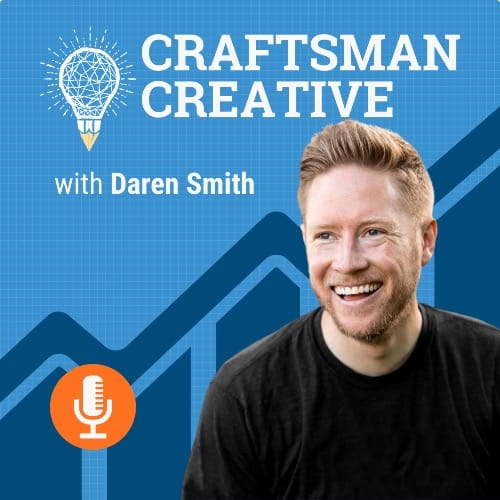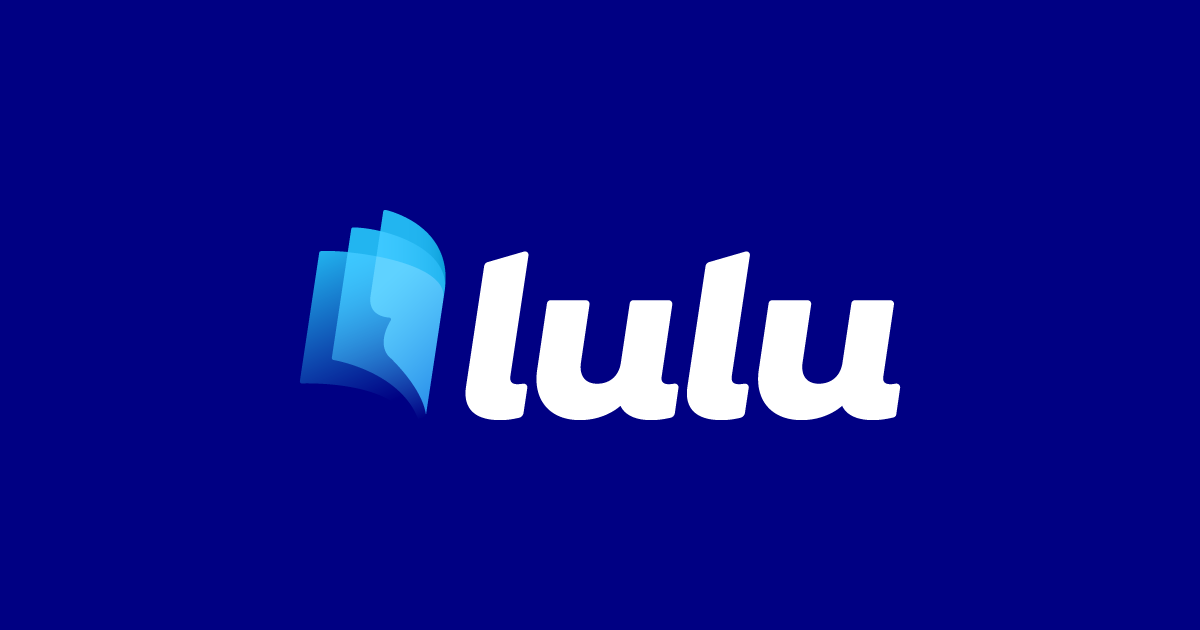Distribution

Ah, distribution. The final phase. Where your final, finished business comes in contact with the marketplace. Where your MOVIE becomes a BLOCKBUSTER.
Notice that you can’t have a blockbuster without a release. You do have to finally put your business out there. Too many creators get stuck in endless writing, production, or post, for fear of what will happen if they do release their movie. The fear of failure prevents them from ever truly releasing their work out into the world.
Let’s talk about fear for one more second. Fear is simply an emotional state where your brain is attempting to avoid pain. I’ve also heard it described as an acronym - False Evidence that Appears Real.
Realizing that it’s not real diminishes it. It robs it of the power to stop you from putting your “movie” - whatever it is - into the world to have the impact it’s intended to have.
Overcoming that fear is essential. Ignore it. It isn’t real.
Doing so allows you to step boldly into the phase of distribution, sharing your business with as many people as possible.
If you think back to everything you’ve learned in this book, you’ll realize that there are two sides to every business - the inside and the outside, or the internal and the external.
The internal is your movie, your business, the thing you make, and how you deliver it to the people you made it for. The external is your marketing, how you get visibility, awareness, and demand for the thing you make.
Independent movies generally fail because they had too much focus on the internal and not enough on the external - they made a great movie with talented people but failed to get it distributed or marketed properly. Studios often have the opposite problem - they spend too much on marketing a lackluster movie.
You need the perfect - some would say magical - balance of marketing and product to find blockbuster success. But what’s interesting is that kind of outsized success is more possible and to a greater degree as an independent than as a studio.
Once again, for emphasis:
Outsized success is more possible and to a greater degree as an independent than as a studio.
I spent hours researching to make this very point.
If you look at the top 10 highest return on investment movies of the last 20 years, the budgets range from $15,000 to $1,150,000. True indie movies.
While some were distributed by large studios, they were financed and produced independently. The top ROI movie, Paranormal Activity, returned 431.5x - it was purchased for $450,000 and made $194,183,034 at the box office.
The tenth-highest ROI movie, God’s Not Dead, returned 55.5x its production budget of $1,150,000, bringing in $63,777,092 at the box office.
Paranormal Activity also spawned 6 sequels, while God’s Not Dead has three sequels. The profit of the first paid for the next, and the next, and the next...
Now, compare that to the highest ROI studio movies. The budgets for these movies range from $200m to $460m, and the box office ranges from $1.5b to $2.7b.
The highest ROI studio movie is Titanic, costing $200m and making $2,222,985,568 in the box office, a return of 11:1.
The 10th highest ROI studio movie is also the most expensive. Avatar: The Way of Water cost $460,000,000 and returned $2,319,591,720, a 5:1 return on investment.
(None of these calculations include marketing costs, or other ancillary revenues like DVD, rental, streaming, merchandise, theme parks, etc...)
Titanic has not had a sequel, and Avatar 2 is the second sequel that took over 20 years to produce.
Now, you and I aren’t studios, we’re not massive companies with billions in revenue every year. But we also don’t want to be.
The returns are so small in terms of profit that they would never be worth pursuing.
The potential ROI for independent creative projects in businesses is so much higher than studio or corporate projects. The bloated overhead and marketing budgets eat into their profits so much that they have to restructure, merge, and get acquired to stay in business. The week that I’m writing this there are talks between Warner merging with (or acquiring) Paramount.
The goal with distribution is profit, and the reason is that profit equals permission. (Credit to my friend Carl Richards for sharing that wonderful nugget with me, and now you.)
The reason we’re doing all of this creative business building is to create consistently profitable businesses and set ourselves up for blockbuster success - massive returns from small creative businesses.
For that to work, we not only have to create great projects at the right budgets, but we need to market them properly so that more of the right people know they exist and we create a demand that is greater than the supply.
The reason movies can make so much is that there are limited theaters with limited screenings and limited seats. There’s a possibility of selling out different screenings or theaters or even entire weekends.
The longer your movie remains oversubscribed, the longer it stays in theaters, and the more money it makes. Your distribution strategy takes all of that into account to create the strategy that keeps you oversubscribed and profitable for as long as possible. The same is true for your business.
Your marketing needs to get you oversubscribed as quickly as possible, like during the opening weekend of a movie or the launch of a new product or business. Then your marketing needs to keep demand greater than supply for as long as possible.
Yes, your product or business needs to be amazing. Following the MOVIE framework will help you achieve that. Then your marketing needs to match or exceed how amazing your product is so that it can be oversubscribed for as long as possible. The only profitable businesses are those that are oversubscribed, so that is and will always be the outcome of your distribution efforts.
With profit comes permission. The more profit you make distributing your product, the more projects you get to make in the future. I would argue that along with the impact we want our work to have on the world, that is the shared desire of everyone reading (and writing) this book.
We have too many ideas, and we feel so strongly that they all deserve to be made and put out into the world. But we have more ideas than we have time. The only way to get them all done is to become profitable enough to where we can create a business that can increase our capacity through systems and people. The larger our business grows, the more capacity we have, and the more profit we have to invest in those amazing, deserving ideas.
Blumhouse, who was the production company that bought Paranormal Activity, has gone on to make profitable movies for over a decade. Since the 2009 release of Paranormal Activity, the company has produced another 121 movies that have made over $5.75 billion at the box office.
Their average movie costs $7.7 million and does $65.6 million at the box office, an average return of 8.5:1. Notably, Disney has only produced 87 movies in the same amount of time as Blumhouse. (They have distributed 157, but we’re comparing production companies, not distributors...)
Profit equals permission. Though the Walt Disney Company has made more money in the last 14 years, Blumhouse has made more profit, which earned them more permission to produce more movies - nearly 50% more than the largest distributor in the world.
TAKE ACTION
Take a deep look at your marketing and distribution efforts. How will you get oversubscribed before you launch? How can you tip the scales of supply and demand in your favor?
One simple step is to define your current capacity, and then reverse engineer how to exceed it. If you can take on 4 clients a month but 5 want to work with you, you're oversubscribed. So the goal of your marketing and distribution efforts is to get 5 interested clients every month, and only serve 4 of them. Doing so will give you the permission to increase your rates, or expand your team, expand your capacity, or all of the above.
The same goes for your film. How many tickets do you need to sell to be profitable? Reverse engineer the marketing efforts that will lead to that outcome, so that you sell out your opening weekend and more.
(We recently did that at our upcoming screening of The Faith of Angels at the Zions Indie Film Fest, and they added a second screening to capitalize on the marketing efforts we've executed the last month.)
PS - When you're ready, here's how I can help you take the next step on your creative journey...
- Take the free business scorecard to identify the areas of your business to focus on.
- Join an upcoming Craftsman Creative Workshop to dive into your business and learn how to implement my five-part creative business growth framework.
THIS WEEK ON THE PODCAST...

Catching up...
I've gotten behind on the podcast the last few months, but will be recording all of the rest of the episodes from the book chapters this week! Catch up with those you may have missed here:
LINKS TO HELP YOU GROW...
Turn Your Ideas into Websites with AI
Creating a website can be a daunting and time-consuming task. That's where Mixo steps in - an innovative platform that significantly simplifies this process.
Resembling a digital genie, Mixo can craft a comprehensive website in just minutes. The only input required from you is an idea or concept related to your business, and voila! Mixo promptly generates a customized website from scratch for you. The best part? It's powered by Artificial Intelligence!
It's sort of like having a personal web designer who just gets your style and vision. And it gives you this easy-to-use editor to make any changes you want, so you're in control of the final look. Whether you're an ambitious entrepreneur or a well-established business, Mixo helps you create a killer online presence in no time.
--
My friend Alex Llull just dropped a whole new podcast on us this morning, and the first episode features another friend, Josh Spector. I dove in instantly and came away with half a dozen ideas and tweaks that I instantly wanted to implement in my business.
Instant add to my podcast subscriptions! Listen to episode one now!

Sponsored By Lulu.com
The team at Lulu has been an incredible partner since I released my last book, Craftsman Creative - How Five-Figure Creators Can Build Six-Figure Businesses.
We've partnered on this next book, Blockbuster, to share the ins and outs, the behind the scenes of writing and publishing a book in public.
To learn more about how Lulu can help you get your book out into the world, visit lulu.com by clicking the button below:
NEXT CHAPTER

PREVIOUS CHAPTER




Member discussion